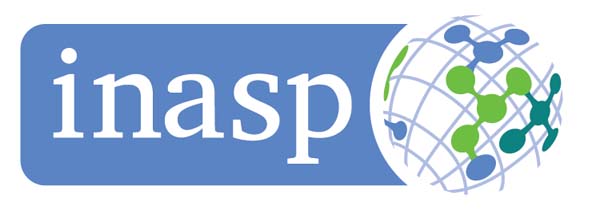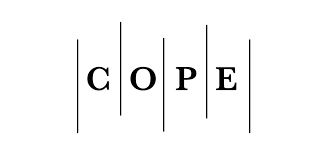A model for human activities recognition using partially occluded images
DOI:
https://doi.org/10.29304/jqcm.2018.10.2.391Keywords:
Human activities recognition, still image, occlusion human body, features extraction.Abstract
The demand for Human Activities Recognition (HAR) from still images and corresponding features categorization using appropriate classifier is never ending. HAR of partially occluded object using still image is highly challenging than extracting information from video due to the absence of any prior knowledge resembling frames stream .This new research domain dealing with the computer identification and subsequent classification of specific activities to develop understanding of human behaviors has diversified applied interests in surveillance cameras, security systems and automotive industry. We propose a new model for HAR with occluded missing part of human body in still image.(A template is built to complete the full appearance predictable by the system and their subsequent features classification is made.)The problems of HAR in still images are addressed using nonlinear Support Vector Machine classifier. The process of de-noising and chamfer matching are performed. This model is simulated with1200 still images of (64 x 128) pixels based on existing datasets such (INRIA and KTH). Using this model ,a recognition rate 86% is achieved for seven activities such as running, walking, jumping, clapping, jogging, boxing and waving .The excellent features of the results suggest that our method may constitute a basis for HAR with occlusion human body parts in still images promising for accurate features classification.













